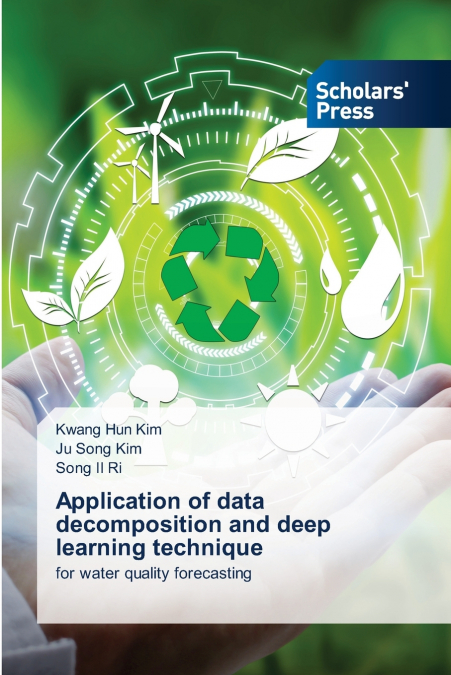
Ju Song Kim / Kwang Hun Kim / Song Il Ri
Water pollution is one of the most serious environmental problems worldwide. Accurate forecast of water quality is of great importance since it can provide useful information for the managers to minimize the impact of water pollution. However, water quality forecasting still remains a challenge due to the limited information about the pollution resources and the high uncertainties of the dynamic processes. Most of the existing water quality forecast models are based on the original data without preprocessing. Water quality data is usually of high complexity and non-stationary, and therefore, forecasting models without any data preprocessing could not provide stable prediction result, particularly, for the time points with rapid change.In this regard, this book proposes some novel hybrid models based on data decomposition and deep learning neural network. We describes a new chlorophyll-a forecast method that combines empirical wavelet transform, support vector regression, and sine cosine algorithm, a novel hybrid model combining real-time data decomposition, fuzzy C-means clustering (FCM) and bidirectional gated recurrent unit and a novel hybrid model.